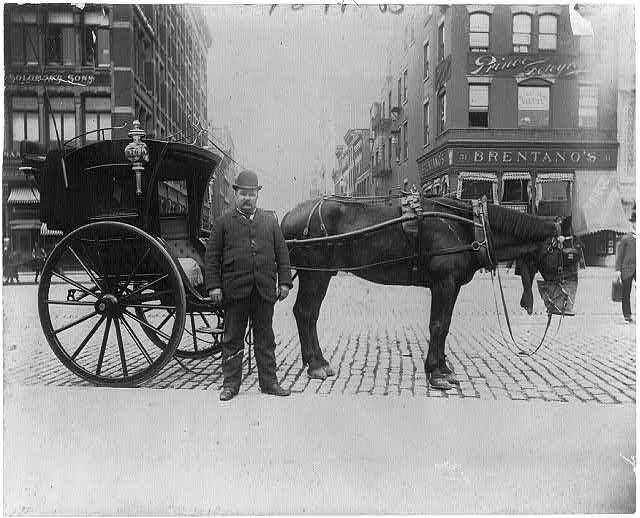 A horse drawn cab. c. 1896. Photo from Library of Congress
A horse drawn cab. c. 1896. Photo from Library of Congress
The yellow taxi cab is an iconic image synonymous with the hustle and bustle of New York City. But when hailing a cab in the typical New Yorker rush, you probably don’t think about all the different types of cabs that have come before. The original taxi cab is a far cry from today’s modern versions. Over the past century, at least ten popular cab models have pounded through the city’s intersections. Here is a brief look into how the taxi cab industry and its industry have changed over the past century.
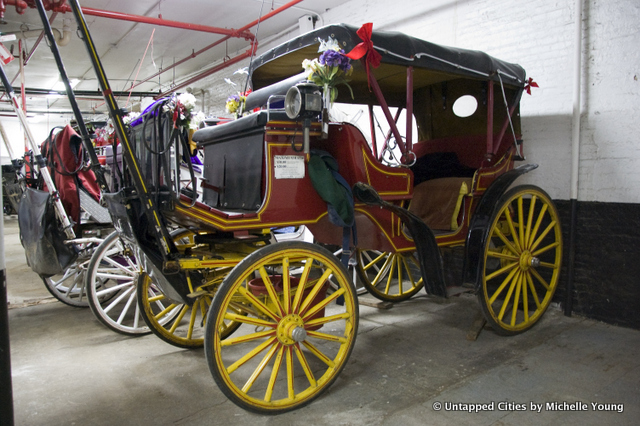
The original taxi cab was actually a horse drawn carriage. Created in the 1850s, it lacked a motor, and the carriages did not venture past their routes near Central Park between 5th and 8th Avenues. Although today they are viewed as a tourist experience, the carriages are still designated as cabs. You can see the last remnant of their history as “cabs” in the license plate, which still reads “HORSE DRAWN CAB.”
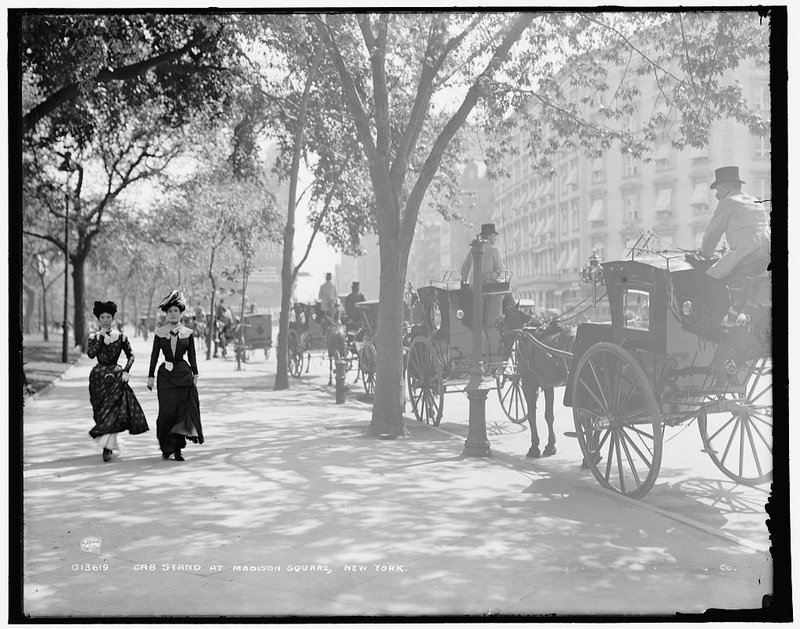 Strolling along Fifth Avenue at Madison Square c.. 1900. Photo from Library of Congress.
Strolling along Fifth Avenue at Madison Square c.. 1900. Photo from Library of Congress.
Currently, there are 68 operating carriages in New York City. Bill O’Dwyer, the New York City mayor during World War II, was the last to issue medallions to carriage drivers.
Ever wonder where the horse and carriages make their home? Check out our behind-the-scenes on the Clinton Park Stables.
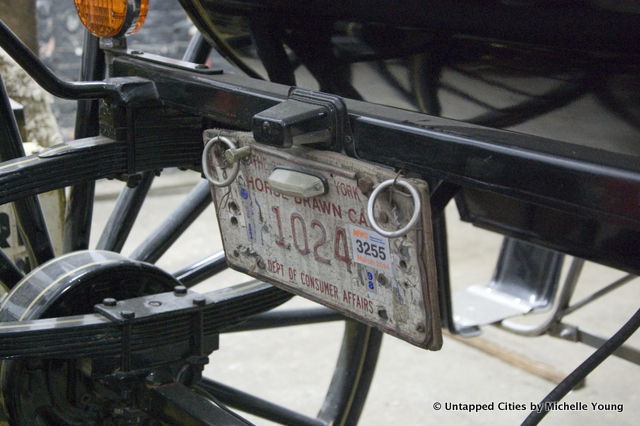
In July of 1897, The Electric Carriage and Wagon Company revealed twelve electric taxi cabs to New York City. They could hold two passengers in the single row in the vehicle. The driver sat behind and above the passengers, at the same height as the roof, outside of the covered area. Since the passengers were in their own area, they had privacy from the cab driver. Passengers were able to speak to the driver through a small trap-door opening.
It was the cabby’s discretion during this time how to charge their customers and they often billed exorbitant amounts. One evening, a cab driver extorted Henry Allen, a New York businessman, by charging five dollars for a three-quarter mile trip. Cab rides were only worth pennies per each quarter-mile, definitely not dollars. Absolutely livid at the outrageous cost, Allen introduced the metered cab in 1907.
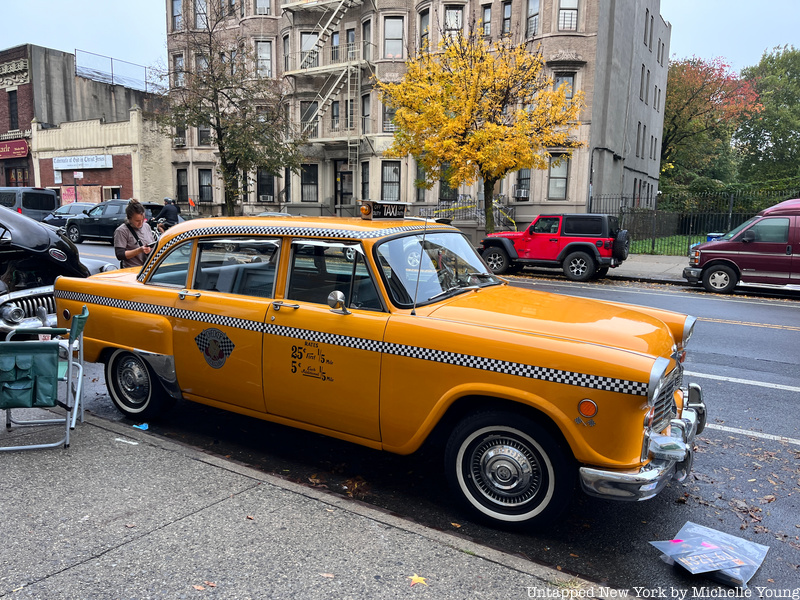
Once people became familiar with cars, more people took advantage of them. Popular car manufacturers like Ford Motor Company and General Motors Company created their own taxi models in the 1920s. With more taxis on the streets, the taxi became accessible for all New Yorkers and a viable mode of transportation. You can see one of these cabs in action in this 1928 silent short film “Speedy.”
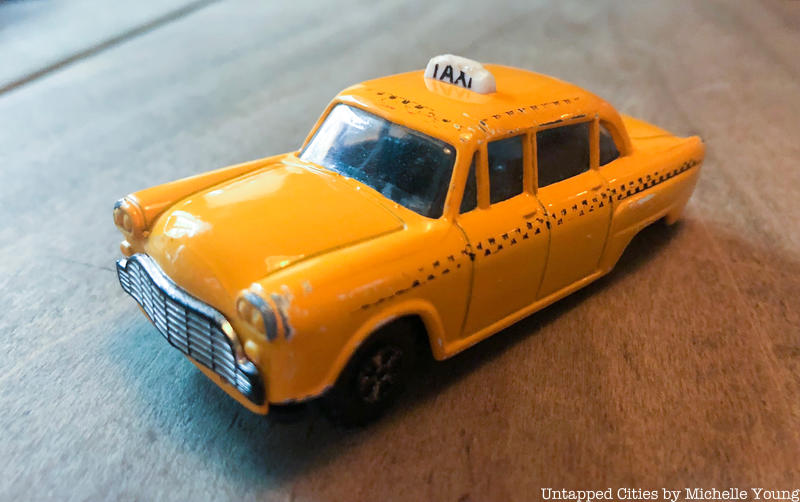 Toy model of the checkered cab
Toy model of the checkered cab
Arguably the most iconic New York taxi cab, the Checkered Cab, with its striking black and yellow design, was born in 1922. During the 1920s, 7,000 checkered cabs rolled down the city streets. These cabs were advertised as being roomier than their predecessors. The popular checkered cabs continued to be manufactured until 1982 and the last one was retired in 1999.
After the Great Depression, with fuel being rationed, taxis became an inexpensive and convenient mode of transportation. As the taxi cab industry grew, New York City lawmakers wrote an abundance of laws to regulate the industry. The first law, The Haas Act, passed in 1937 established a limit to the amount of Medallion, or official, taxi licenses that were to be authorized. In 1967, lawmakers forced all licensed taxis to be painted yellow to prevent people from getting into unauthorized cabs. In 1971, New York lawmakers formed the NYC Taxi and Limousine Commission which is still in operation today.
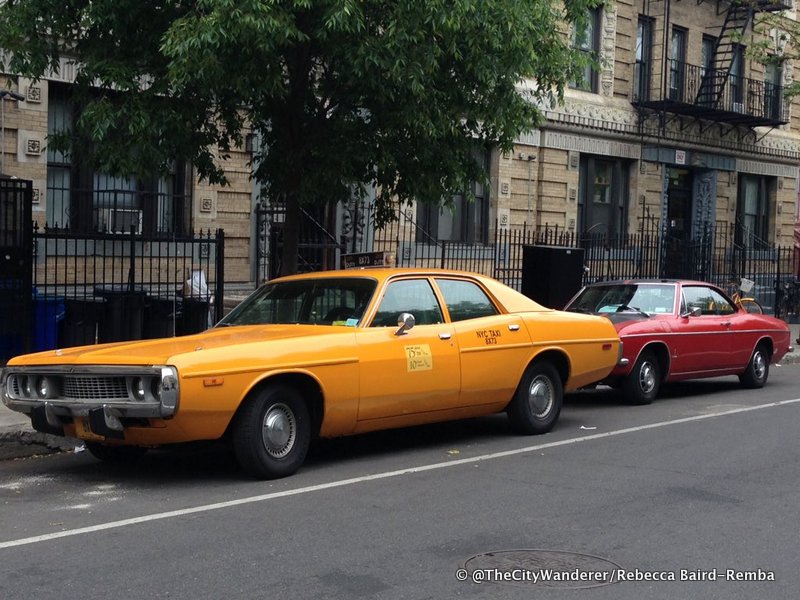
During the 1970s and 1980s, Ford and Plymouth car manufacturers created competition for the The Checkered Cab Company by releasing their own models. Ford released their Galaxy model and Plymouth released their Fury Threes. In the 1990s, Galaxies and Fury Threes were replaced by the Ford Crown Victoria and the Chevrolet Caprice. The Ford Crown Victoria became the more popular model out of the two.
Other taxi models that have come and gone include the Peugeot 505, Chevrolet Caprice,1965 Ford Custom and Ford Crown Victoria.
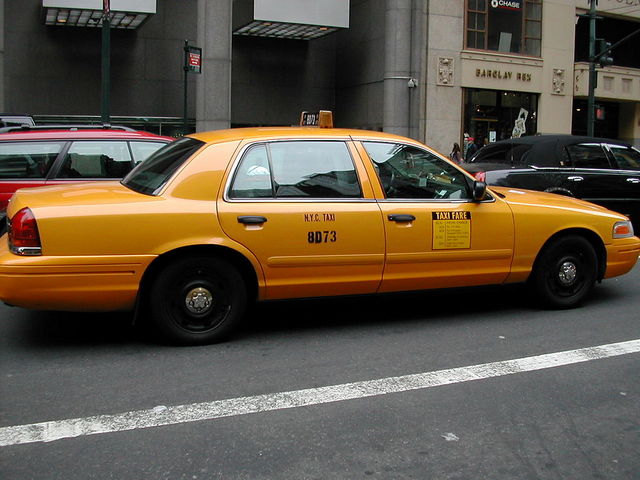 Ford Crown Victoria in 1998. Image via Wikimedia Commons, Nrbelex
Ford Crown Victoria in 1998. Image via Wikimedia Commons, Nrbelex
In 2007, Mayor Michael Bloomberg proposed a plan to have taxi drivers switch to operating hybrid taxis on the streets. Now there are over 4,300 hybrid taxis out of 13,000 total taxis operating on the New York City streets today.
In 2013, the city introduced 6,000 5 Boro taxis to the streets which cover the five boroughs. These taxis can be hailed on the street or using the app, Uber. Boro taxis pick up people in the Bronx, Queens (excluding the airports), Brooklyn, Staten Island, and northern Manhattan but they will drop off the passengers anywhere in the city or boroughs. Within the next year or two, the city plans to release 18,000 5 Boro taxis.
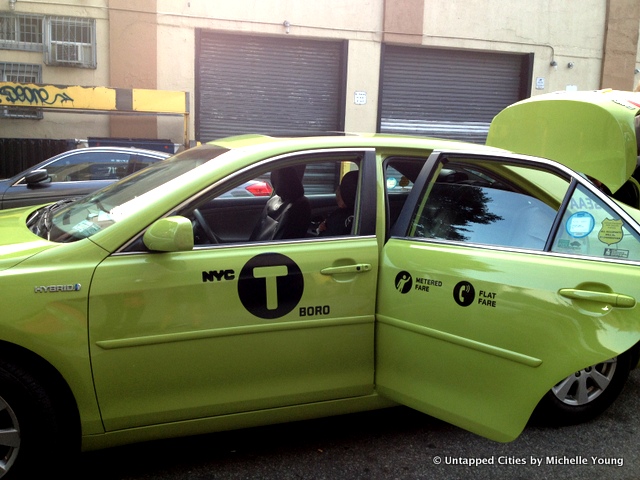
In 2013, the Taxi of Tomorrow was named. It is a roomy, Nissan van that provides individual climate control, USB port, and 12-volt charging plug to passengers. There is plenty of room in the trunk for multiple suitcases. The plan is for the Nissan NV200 to be New York City’s official taxi cruising down the streets for the next ten years.
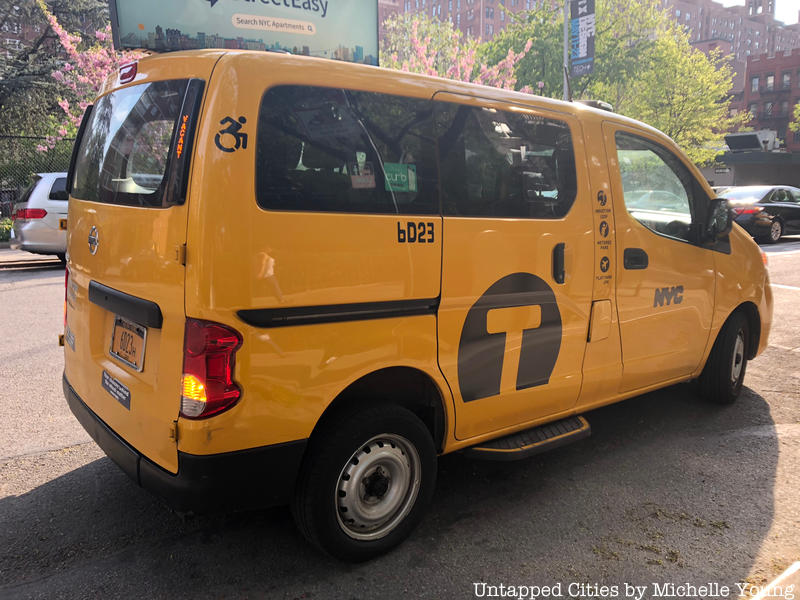
And in the latest evolution of taxi cabs, rideshare programs are starting to take off in New York, but they are getting mixed reviews. The classic image of a yellow, four-door, New York City taxi cab is already being shared with taxi and rideshare services of many different shapes and sizes. Who knows, maybe soon we will be saying, “We met in a taxi cab” instead of, “We met at a bar.”





